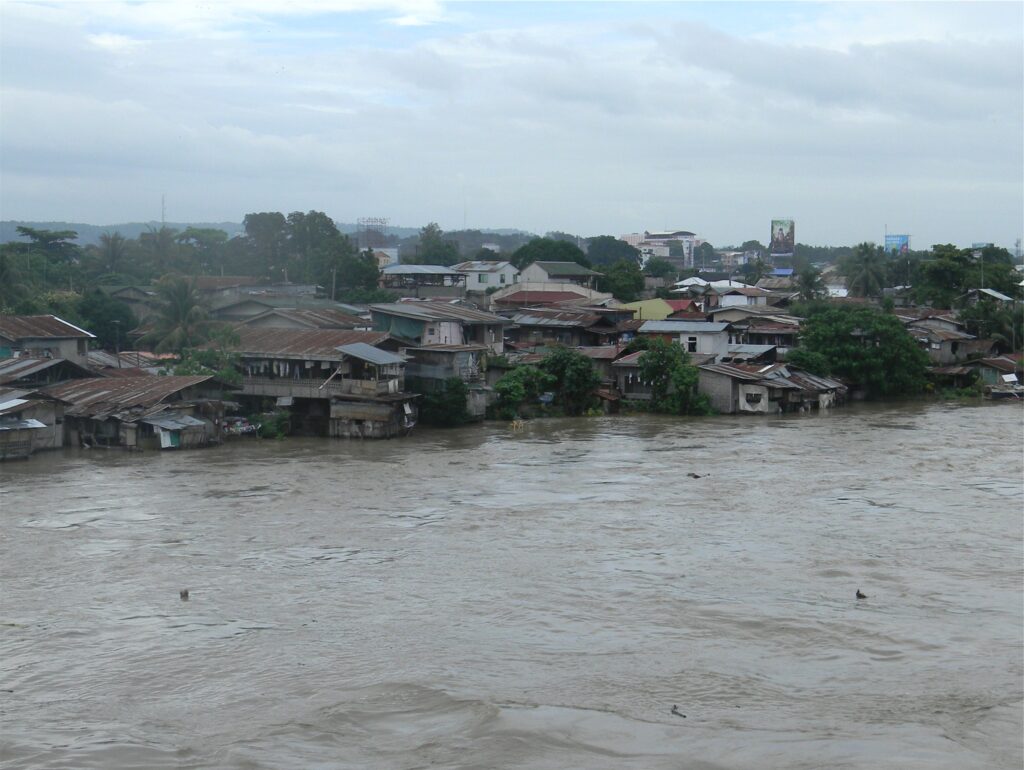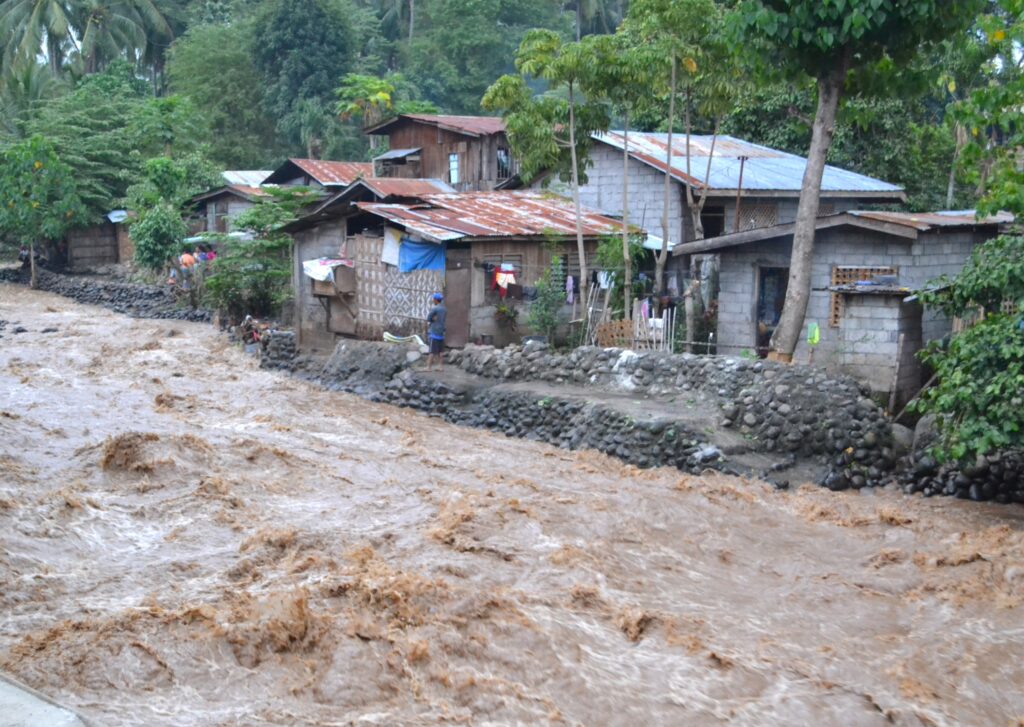Text and Photos by Henrylito D. Tacio
During the summer months, people are talking about drought and dry spells. Now that the rainy months are here expect people to keep on complaining about too much water and flooding.
As the year is about to end, Filipinos need to watch out. The state-run Philippine Atmospheric, Geophysical and Astronomical Services Administration (PAGASA), in an issued bulletin, said there is a “70-80% chance” of La Niña forming in the last quarter of 2021. The forecast may persist until the first quarter of 2022.
Dr. Vicente B. Malano, a PAGASA Administrator, said the forecast is based on “recent climate monitoring and analysis.”
The PAGASA bulletin did not specifically specify whether the looming La Niña will be weak or strong. But rainfall forecasts suggest “a higher probability of above-normal rainfall conditions in many areas of the country in the next several months.”
Such incidences “can be attributed to the expected stronger easterlies, enhanced Northeast monsoon and tropical cyclone occurrences.”
Furthermore, “the eastern sections of the country which normally receive more rainfall during the last quarter of the year could further increase the likelihood of more adverse impacts such as floods and landslides over highly vulnerable areas.”
Heavy rains and flooding are two symptoms of La Niña. It is the exact opposite of the phenomenon called El Niño, which means “the Little Boy” or “Christ Child” in Spanish. La Niña, on the other hand, means “the Little Girl.” It is sometimes called “El Viejo,” “anti-El Niño,” or simply “a cold event” or a cold episode.
To simplify, meteorologists explain: El Niño and La Niña are opposite phases of the El Niño-Southern Oscillation (ENS0) cycle, with La Niña sometimes referred to as the cold phase of ENSO and El Niño as the warm phase of ENSO.

Flooding in Davao City 
Flooding
“El Niño and La Niña result from interaction between the surface of the ocean and the atmosphere in the tropical Pacific,” the US National Oceanic and Atmospheric Administration (NOAA) explained. “Changes in the ocean impact the atmosphere and climate patterns around the globe. In turn, changes in the atmosphere impact the ocean temperatures and currents.”
The system oscillates between warm (El Niño) to neutral (or cold La Niña) conditions on an average every 3-4 years.
In the tropics, global climate variations in La Niña tend to be opposite of those of El Niño. “If you expect drought in the country with El Niño because of reduced rainfall and less typhoons, there will be more than normal rainfall and the normal but ‘stronger typhoons’ during a La Niña episode that will cause floods and devastation of farms and property,” explains Dr. Rafael D. Guerrero III, an academician at the National Academy of Science and Technology.
How does La Niña affect the country’s weather?
“Effects of La Niña could be manifested in above the normal rainfall conditions in major parts of the country, particularly along the eastern sections,” the country’s weather explains. “This is mainly due to more intense northeast monsoon and tropical cyclone activities.”
As La Niña is soon to hit the country, PAGASA urged all concerned agencies “to take precautionary measures to mitigate the potential adverse impacts” of the looming nasty weather phenomenon.
“PAGASA will closely monitor these conditions and regular updates and advisories shall be issued as appropriate,” the weather bureau states.
There are several other issues that may happen when La Niña takes place.
For one, soil erosion would be a common sight during La Niña. “When land is denuded of trees, scorched by burning, and deprived of its humus by intense heat, the earth soon erodes,” explains Jethro P. Adang, the director of the Davao-based Mindanao Baptist Rural Life Center (MBRLC) Foundation, Inc.
Adang says trees contribute to agriculture by controlling erosion, conserving water supplies, and providing shade, shelter, and wind barriers. “Trees are one of nature’s most efficient weapons of soil defense and are used to tie down steep hillsides, check the growth of big gullies, stabilize unsteady stream banks and screen cultivated fields from harmful winds,” he said.
Without trees, floods are expected to happen. “Floods are among the most destructive calamities man has to cope with,” the weather bureau wrote in a brochure that explains the how’s, what’s, and how’s of floods. “Even the most minor flooding poses some inconveniences.”
A really big flood can result in millions, even billions of pesos of damage to road and bridges, buildings, and other economic infrastructure, in the loss of agricultural crops and livestock, loss of productivity in industry, commerce, and trade – not to mention the incalculable loss of human life.
Health-wise, people are likely to suffer from La Niña. During floods, food-borne and water-borne diseases accelerate, according to the Department of Health (DOH). “Flooding can contaminate the public water through the disruption of water purification and sewage disposal systems, rupture of underground pipelines and storage tanks,” said the disaster management unit of the health department.
Using contaminated water can cause a wide spectrum of illnesses, among them: acute gastroenteritis, dysentery, typhoid fever, cholera, and hepatitis A. Malaria and dengue fever, infections transmitted by mosquitoes, are also expected to rise after heavy rainfalls due to an explosive increase in breeding sites.
The current crisis brought about by coronavirus disease 2019 (COVID-19) brings this weather phenomenon several challenges, according to the weather bureau.
PAGASA urged local government units to “have dedicated evacuation centers that are separate from isolation centers for COVID-19 patients.” In addition, physical distancing and other minimum health protocols – like hand washing and wearing of face masks – should still be strictly observed.

